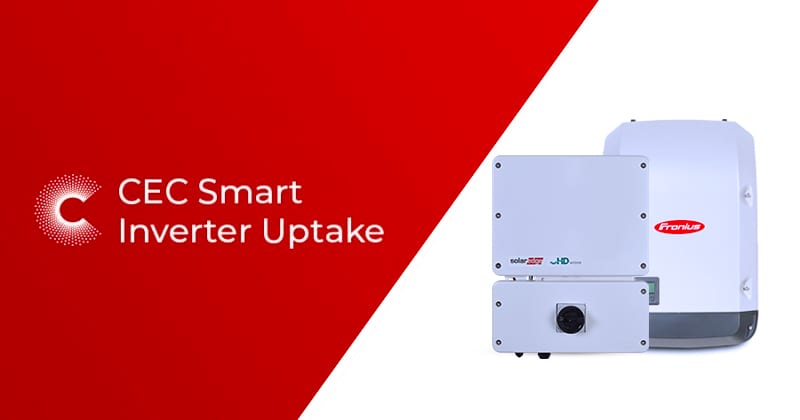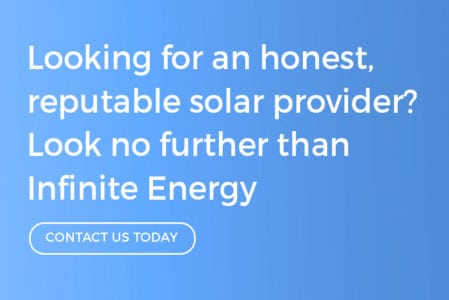Western Australia’s Smart Inverter Uptake at 99%

There’s been a dramatic increase in the installation of solar in Australia over the last few years. In line with this, there’s been a 96% uptake on smart inverters nationwide since the beginning of 2019. Western Australia has been at the forefront of this, with 99% of inverters installed being smart.
As the electricity grid becomes more complex, innovations are needed to manage distribution system reliability and power quality. A smart inverter has the capability to address some of the challenges that often occur with high variable renewable integration into the grid such as from solar PV systems. Essentially, a smart inverter has features that allow it to sense grid conditions and provide autonomous support to maintain grid stability and reliability.
As our grid adapts to the increasing uptake of renewables, with a large part of that coming from distributed solar and batteries on homes and businesses, systems need to be equipped to maintain a stable frequency and voltage. Smart inverters are built with Volt-Watt and/or Volt-var capability, allowing the inverter to respond according to what’s happening within the grid in real time.
Western Power has made it mandatory that solar inverters must have the capability to reduce power output when needed to prevent voltage rising above certain limits and impacts to the grid. While this is not ideal, it’s necessary to maintain stable grid voltage. High grid-voltage can cause standard inverters to trip, turning off your system. A smart metre prevents this from happening, and ensures your system continues to operate. In the future, system owners with smart-grid capable inverters and batteries could potentially receive incentives from their network operator for helping to maintain grid stability.
As we move forward with renewables, network operators will need to communicate with systems to ensure grid stability. This could involve signalling to batteries to charge or discharge, reducing the power output of PV systems and turning appliances on/off (e.g. water heaters, aircon, pool pumps, EV chargers).
Smart inverters can also prevent ‘islanding’ in blackouts, which occurs when a solar power system stays “live” during a blackout and continues feeding power to the grid. This can damage grid infrastructure and endanger power line workers trying to fix the problem.
There are currently six distribution network service providers in Australia that do not yet require Volt-Watt or Volt-var capabilities as a condition of grid connection. These include Ergon, Energex, Essential, Evoenergy, TasNetworks and NT Power and Water.
If you own a home or business and would like to discuss your options for going solar, contact us today and one of our experienced energy consultants can provide you with a quote.


